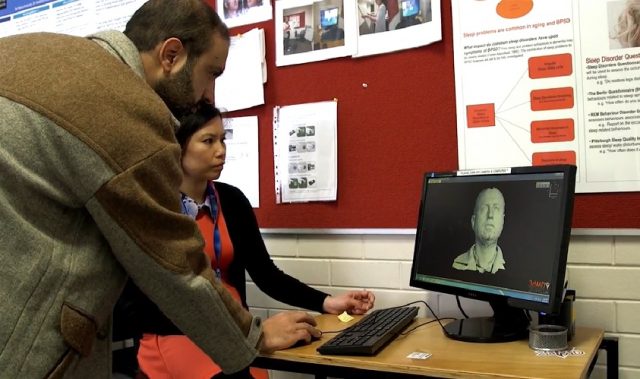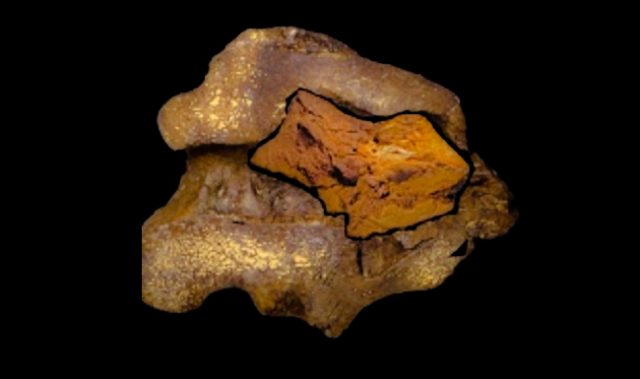
Asian Scientist (Jul. 9, 2013) – Comprehensive mapping of the human brain epigenome by scientists has uncovered large-scale changes that take place during the formation of brain circuitry.
Our brains are made up of distinct types of cells, such as neurons and glia, which each perform very different functions. However, these distinct types of brain cells contain the same genome sequence, so how can they each have such different identities? The answer lies in the epigenome.
While the ‘genome’ can be thought of as the instruction manual that contains the blueprints (genes) for all of the components of our cells and our body, the ‘epigenome’ can be thought of as an additional layer of information that change the way that genes are used.
The genome is made up of the four ‘letters’ of the DNA code (A, C, G and T). However, the epigenome is shaped by processes like DNA methylation that place small chemical tags upon some of the C letters in the genome. These tags alert the cell to treat the tagged DNA differently and change the way it is read, for example causing a nearby gene to be turned off.
In their study, published in Science, the scientists generated a high-resolution map of the epigenome during brain development by comprehensively mapping DNA methylation and its dynamics in the brain throughout the lifespan of both humans and mice.
By analyzing this epigenome map, the scientists found that brain cells undergo a large scale reconfiguration of their epigenome during the generation of brain circuitry in childhood.
Furthermore, they discovered a unique form of DNA methylation is almost exclusively found in neurons.
Conventionally, DNA methylation in humans had been thought to occur almost exclusively at C’s that are followed by a G in the genome sequence, this referred to as ‘CG methylation’.
However, ‘non-CG methylation’ is known to occur, though this type of DNA methylation had previously only been observed in the human embryonic stem cell genome.
Now, the scientists made the surprising discovery that non-CG methylation occurs frequently in the brain. This unique epigenomic feature can be found exclusively in neurons and emerge precisely when critical brain circuitry is being formed in a child’s brain.
“We were actively looking for these non-CG methylation sites that were not widely thought to exist. Our new study adds to this picture by showing that abundant non-CG methylation also exists in the human brain,” said Professor Ryan Lister, a corresponding author of the study.
“These new insights will provide the foundation for investigating the role the epigenome plays in learning, memory formation, brain structure and mental illness.”
The article can be found at: Lister et al. (2013) Global Epigenomic Reconfiguration During Mammalian Brain Development.
——
Copyright: Asian Scientist Magazine.
Disclaimer: This article does not necessarily reflect the views of AsianScientist or its staff.












